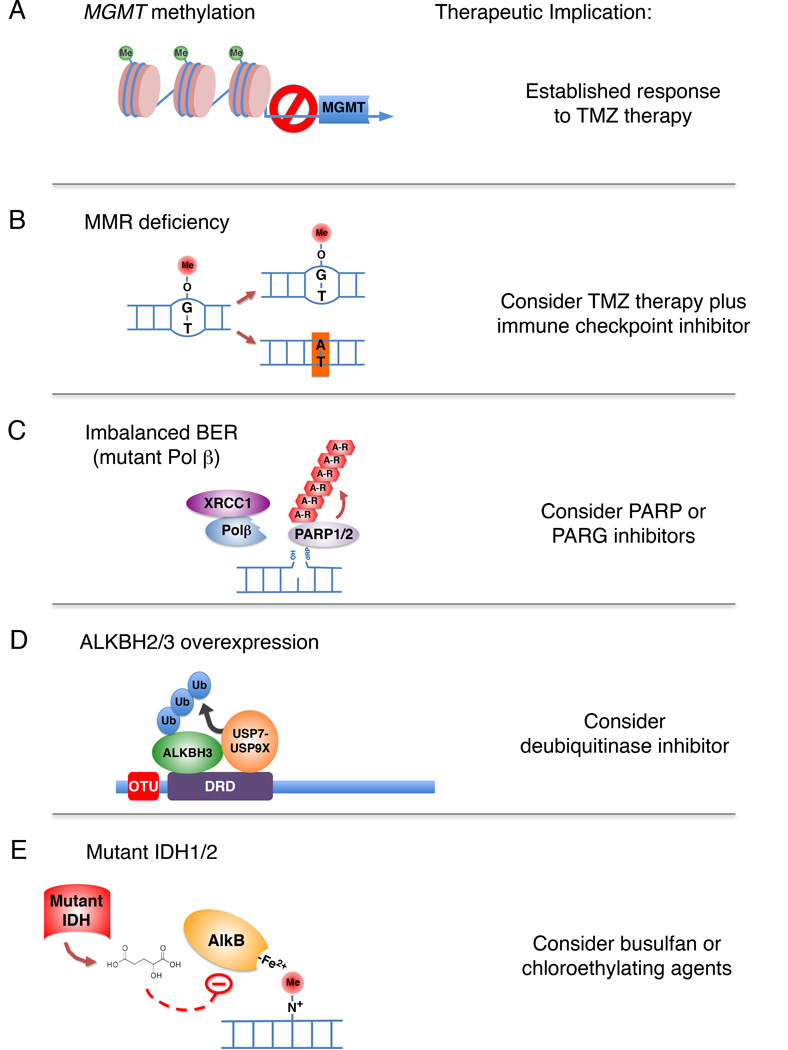Figure 1. Biochemical mechanisms of alkylation damage repair regulation relevant to tumor therapy.
(A) MGMT gene silencing by DNA methylation leads to improved tumor responses to monomethylating agents such as TMZ. (B) Loss of mismatch repair leads to increased transition mutations, which may create higher rates of neoantigen expression upon alkylation damage. A combination of alkylation chemotherapy and immune checkpoint blockade may be effective. (C) Expression of mutant DNA Polβ may result in an imbalance in BER. In certain cases of imbalanced BER, inhibition of PARP or PARG may be a viable therapeutic. (D) Increased expression of ALKBH2/3 due to the OTUD4/USP7/USP9X deubiquitinase pathway may be countered using small molecule inhibitors against USP7 or USP9X. (E) IDH mutant tumors express the oncometabolite 2-hydroxyglutarate, which inhibits AlkB type demethylases. In these tumors the alkylating agent busulfan or chlorethylating alkylating agents may be more effective.

